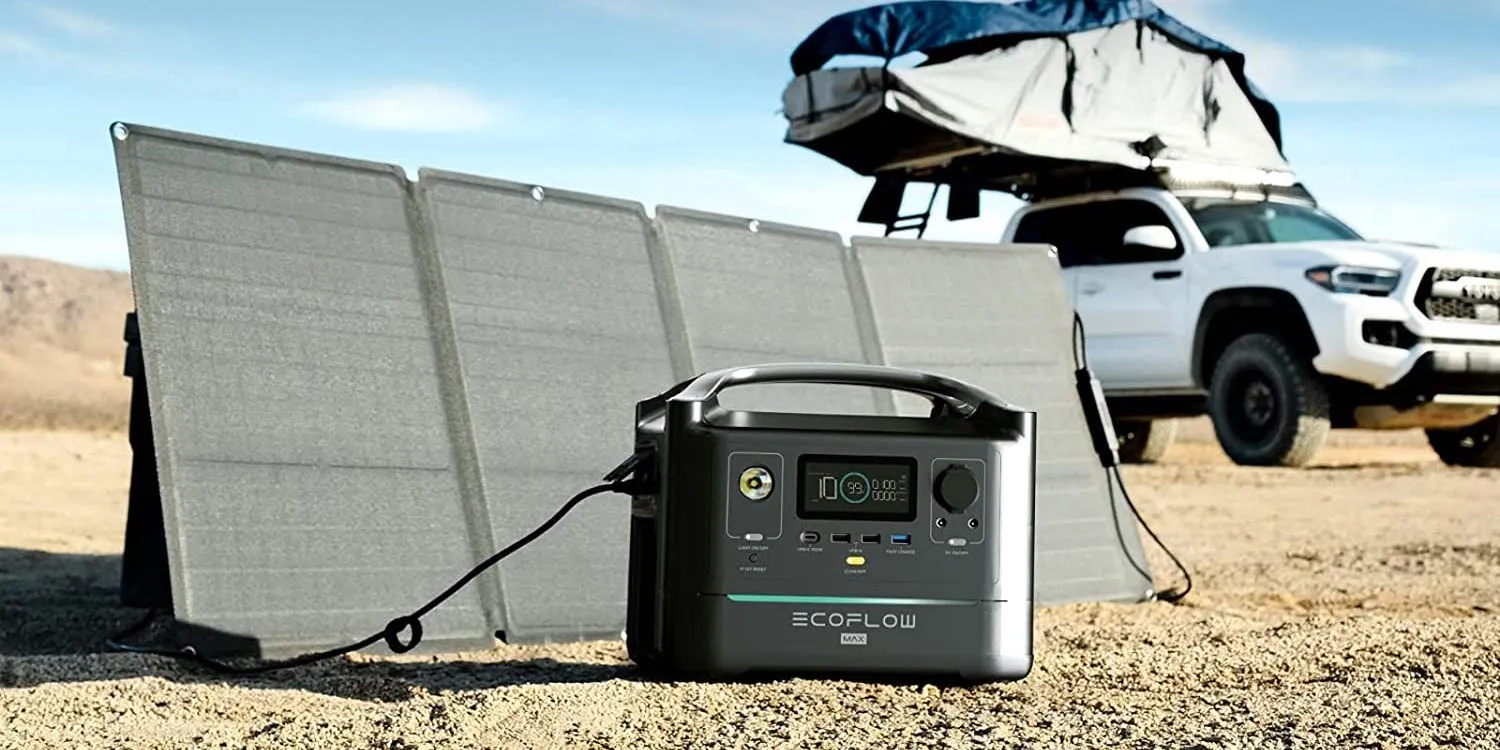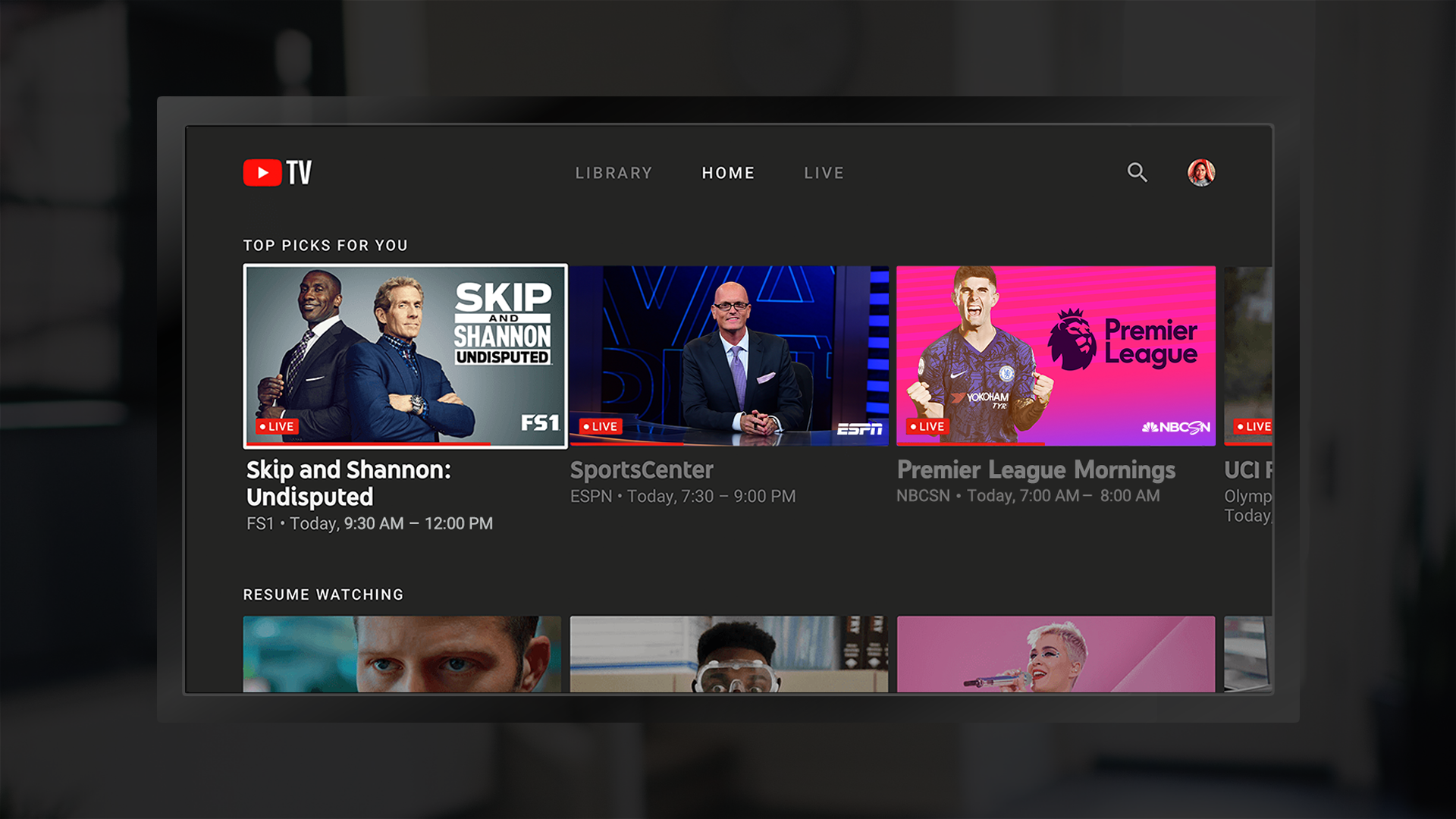You may not need power for your internet to work. Here’s how to keep your connection going when the power goes out.
Brutal heat and violent storms can wreak havoc on strained power grids, and this summer may be one of the worst on record. If extreme weather or any other power-disrupting event knocks your power out, it could take your internet connection with it.
Unlike other causes for internet outages, loss of power can be more difficult to overcome. There are a few ways, however, to restore and maintain your online connection, even if the power is still out.
If you’re reading this, your power may be out and you need to restore your internet connection quickly. In that case, I’ll get right to it: Here’s how to stay connected to the internet when you lose power.
Quick fix: Mobile hotspot and tethering
Activating a mobile hotspot on your phone essentially turns the device into a router, broadcasting its mobile internet connection for other devices to use. It’s not the same as your home Wi-Fi — speeds are likely to be much slower and will only support a limited number of devices — but it should get you by.
Tethering is similar in that it shares your phone’s internet data with other devices, but it does so via a wired (USB or Ethernet) or Bluetooth connection rather than Wi-Fi. A few things to keep in mind when using a mobile hotspot or tethering:
- Having the mobile hotspot function on your phone doesn’t necessarily mean the service is included with your cellular plan.
- The connection only works until your phone dies. Consider charging it in your car (if you can safely access it) if your battery starts to run low before the power comes back on.
- You’ll be using you data. If you have a cap, using a mobile hotspot can put you over the limit, which can result in added fees or throttled speeds. Even if your mobile plan offers “unlimited” data, there may be a soft cap or a limit specific to hotspot use.
Contact your cellular service provider to find out if mobile hotspot use is included in your plan and if any data limits apply. If you have a data cap, check out.
Automatic fix: Cellular internet backup
Select internet providers offer a separate cellular plan or service add-on to keep you online. Xfinity’s Storm-Ready Wi-Fi and T-Mobile’s Home Internet Backup plans provide equipment and a cellular connection, for example, when your standard connection goes down.
Storm-Ready Wi-Fi is available to Xfinity Internet customers for $7 a month for 36 months or a one-time fee of $252 for the rechargeable 4-hour battery backup. When the power goes out or your cable internet connection is lost, internet service automatically switches to a 4G LTE cellular connection with unlimited data.
T-Mobile offers a 5G home internet connection (where available) but with a data cap and a slightly higher monthly fee. The Home Internet Backup plan includes 130GB of data and free equipment starting at $30 a month or $20 for T-Mobile voice customers.
You will need power to the T-Mobile router, however, so if you intend to use your Home Internet Backup service during power outages, you may want to invest in a battery backup or other portable power device.
Long-term fix: Generators or other power sources
Getting power to the modem or router may be all you need to keep your internet going when the power goes out.
In many cases, a local power outage doesn’t stop internet service from coming to your home. Wireless and fiber internet don’t need power to travel, though a power outage at the point of distribution may cause a temporary outage.
Cable internet requires power to the nodes (connection points that send internet service along), but many ISPs will have a backup power source, enabling them to keep your internet service going.
So the problem isn’t necessarily getting internet service to your home. It’s how to use it. Without power to your modem or ONT device, you can’t connect to the internet and without power to your router, there’s no Wi-Fi.
Portable power stations and generators are ideal for continuously powering things like your refrigerator, heaters, fans or internet equipment. Here are some helpful links to finding the right power device for your home and needs.
- Best Generator Deals
- Home Generator Buying Guide
- Best Tested Portable Power Stations in 2024
- How Big of a Home Generator Do You Need?
What about battery backups or a UPS?
Rechargeable battery backups will keep your internet equipment running for a few hours at best before needing to be recharged. Without a power source, this can be difficult, but a solar battery may be the solution.
As for a UPS, or uninterruptible power supply, most devices aren’t designed to last more than 15 minutes or so. That’s long enough to save your work or send any last-minute emails before losing your connection, but not much more.
Keep connected and stay safe
Maintaining your internet connection is important when the power goes out, particularly if you’re using it for information or communication, but safety comes first. Always use caution when dealing with electrical equipment, and avoid tampering with any internet lines coming into your home.
For more tips on how to make the most of your home internet connection, check out the CNET Home Internet page. Be sure to visit the CNET Home Energy and Utilities page for more info related to your home’s power supply.




